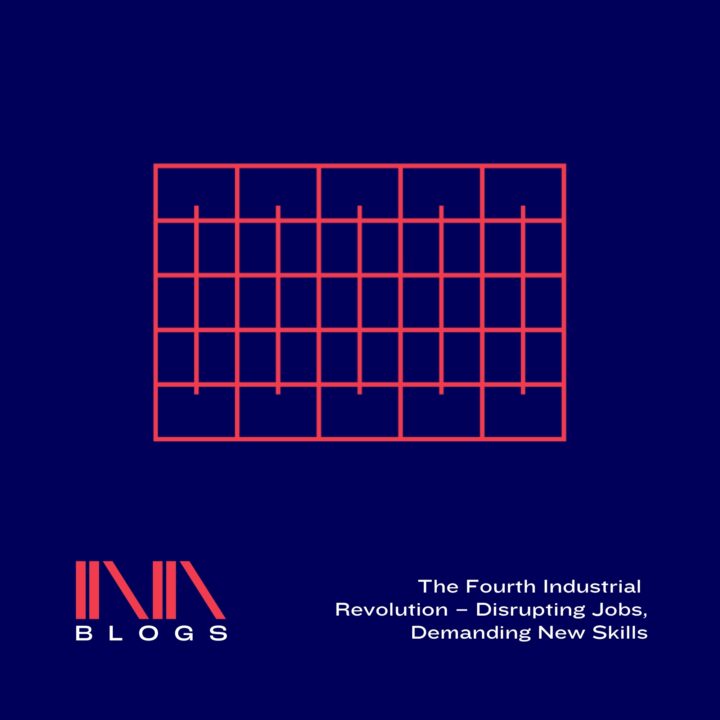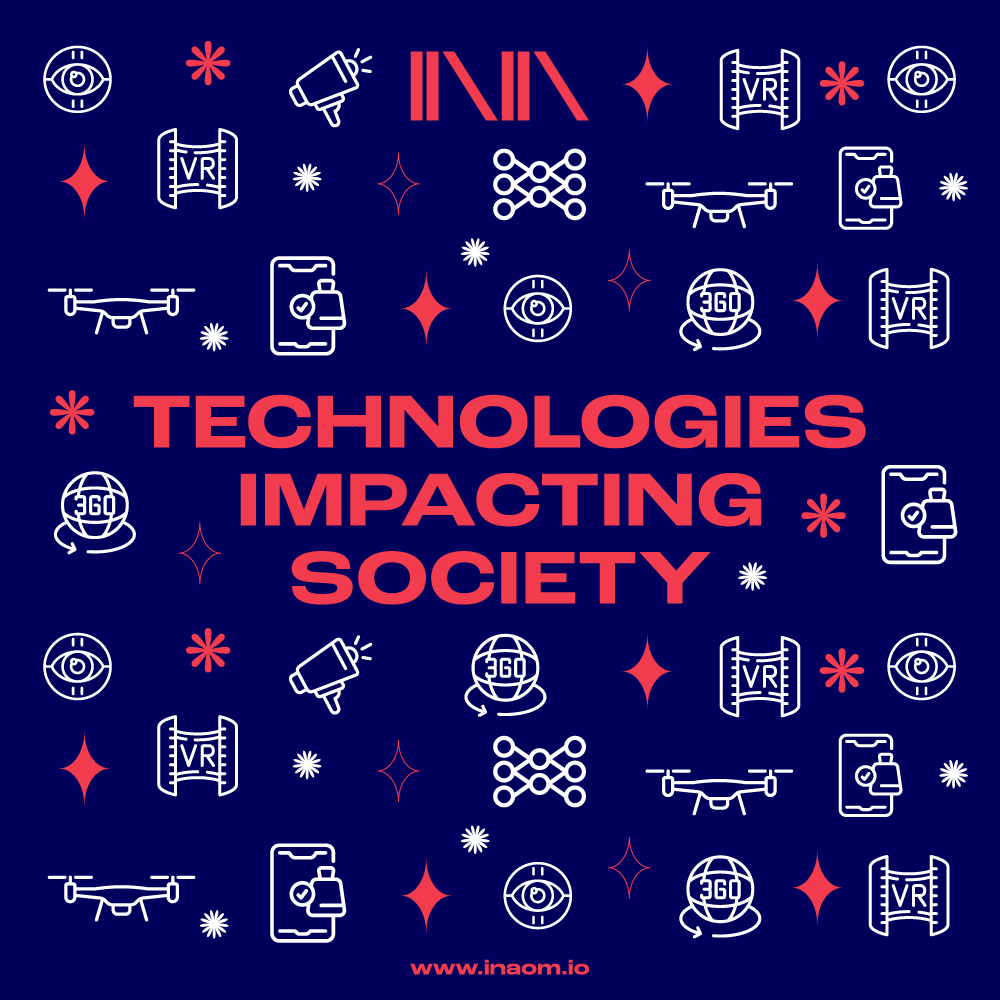
Welcome to an exciting journey into the realm of Virtual & Augmented Reality (VR & AR). These cutting-edge technologies have revolutionised the way we interact with digital content, blurring the lines between the real and virtual worlds. In this article, we will delve deep into the history, potential, advancements, and artistic applications of VR & AR, while also exploring their impact on immersive experiences and the art world.
Virtual & Augmented Reality: A Brief History
Virtual and augmented reality technology first appeared in science fiction, and it was later developed in real life via an immersive film-viewing cabinet in the 1950s. Today, commercial applications for this technology are flourishing, and they are fundamentally altering the way people interact with each other and their environment.
The Potential of Virtual Reality
While technological barriers and a lack of content have prevented mass adoption, virtual reality may become the next generation platform for communication. This technology has the potential to displace the need for physical travel and reduce related energy consumption. New forms of immersive games, cinematic experiences, and news media are sure to emerge, placing audiences in the middle of events.
The Evolution of Virtual Reality Filming Techniques
As “true” virtual reality becomes increasingly realistic, and 360-degree capture techniques for filming become more sophisticated, these two technologies will likely converge. For now, however, film techniques in virtual reality are still in their infancy. According to Jessica Brillhart, the former principal filmmaker for VR at Google, the technology is all about putting users in the middle of the action. Her 360 VR videos have deployed non-linear and non-narrative story-telling, which teleports viewers into a different space and time.
Immersive Experiences through Virtual Reality
A more immersive experience has been demonstrated by the animated short film “Henry” released in 2015. Its users – no longer just viewers – can connect with the main character during moments of extreme emotion. This Pixar-like VR production earned an Emmy award in the interactive media category. However, VR has yet to achieve mainstream success.
Virtual & Augmented Reality Advancing the Frontiers of Art
Both virtual and augmented reality are advancing the frontiers of art by letting users enter new worlds through headsets. Australian artist Lynette Wallworth’s 2016 work “Collisions” immerses viewers in the world of an indigenous elder in a way not possible with traditional cinematography. The VR film was shown to the Australian Parliament, before it voted in favour of reparations for indigenous people affected by British nuclear tests. Meanwhile, “The Enemy,” a collaborative effort based at the Massachusetts Institute of Technology, brings the humanity of combatants from various war zones directly to viewers.
Revisiting Existing Artworks in New Ways
Virtual reality also enables existing artworks to be revisited in new ways. In 2016, the Bosch VR app was developed to enable users to travel through Dutch painter Bosch’s “Garden of Earthly Delights.” The app WoofbertVR enables users to virtually visit museums. Some similar walk-through experiences have been launched by Google in partnership with museums. These include “The Dulwich Picture Gallery in London” and “The Robben Island Museum in Cape Town”. While current smartphone-based VR solutions are limited by low resolutions and stationary positions, the technology is expected to improve rapidly.
Conclusion
In conclusion, virtual and augmented reality technologies have a long history. Starting from science fiction to becoming a flourishing industry today. Although there have been barriers to mass adoption, virtual reality has the potential to revolutionise communication. It can reduce energy consumption related to physical travel, and create new forms of immersive entertainment and news media.
As the technology becomes more sophisticated, virtual reality filming techniques are evolving to create a more realistic and immersive experience. It allows users to connect emotionally with characters and stories in a way that was not possible before. Additionally, virtual and augmented reality are advancing the frontiers of art. It is enabling users to enter new worlds and revisit existing artworks in new and exciting ways. While current VR solutions may have limitations, the technology is expected to improve rapidly. It is opening up to new possibilities for both commercial and artistic applications.
Frequently Asked Questions (FAQs)
How does Virtual Reality differ from Augmented Reality?
Virtual Reality immerses users in a fully simulated environment, disconnecting them from the real world. Augmented Reality overlays digital content onto the real world, enhancing the user’s immediate environment.
Can VR be used for educational purposes?
Absolutely. VR offers immersive educational experiences, allowing students to explore complex subjects through interactive simulations and virtual field trips.
Are there any health concerns associated with using VR?
Prolonged VR use can lead to issues like motion sickness and eye strain. However, advancements in hardware and software are mitigating these concerns.
How are artists using AR in their work?
Artists use AR to add digital layers to physical artworks, creating interactive and dynamic pieces that change as the viewer engages with them.
Can I experience historical events through VR?
Yes, VR can recreate historical events, allowing users to witness pivotal moments firsthand and gain a deeper understanding of the past.
Is AR limited to visual enhancements only?
No, AR can also include auditory and haptic elements, creating a multi-sensory experience that engages multiple senses.









